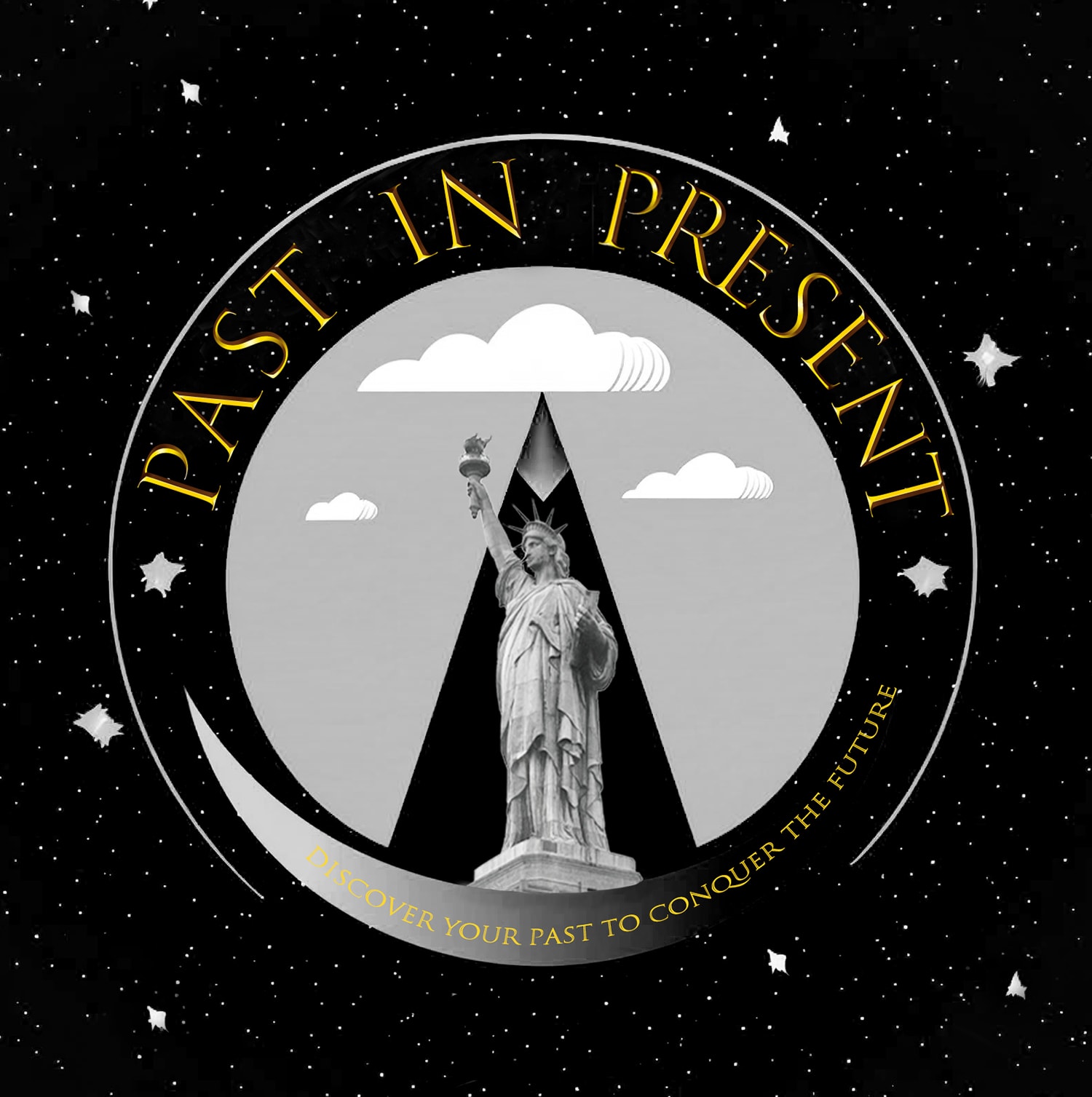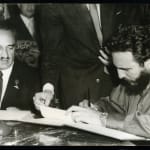 The Cuban Missile Crisis Anastas Mikoyan And Fidel Castro Signed Agreement To Remove Nuclear Missiles from Cuba, October 1962
The Cuban Missile Crisis Anastas Mikoyan And Fidel Castro Signed Agreement To Remove Nuclear Missiles from Cuba, October 1962
 The Cuban Missile Crisis Anastas Mikoyan And Fidel Castro Signed Agreement To Remove Nuclear Missiles from Cuba, October 1962
The Cuban Missile Crisis Anastas Mikoyan And Fidel Castro Signed Agreement To Remove Nuclear Missiles from Cuba, October 1962
The Cuban Missile Crisis Anastas Mikoyan And Fidel Castro Signed Agreement To Remove Nuclear Missiles from Cuba, October , 1962
17.8 x 12.7 cm
The Soviet government welcomed the overthrow of Cuban President Fulgencio Batista by Fidel Castro's pro-socialist rebels in the Cuban Revolution of 1959. Khrushchev realized the potential of a Soviet ally in the Caribbean and dispatched Anastas Mikoyan as one of the top diplomats in Latin America. He was the first Soviet official to visit Cuba after the revolution, except for Soviet intelligence officers, and he secured important trade agreements with the new government. He left Cuba with a very positive impression, saying that the atmosphere there made him feel "as though I had returned to my childhood.
Khrushchev told Mikoyan of his idea of shipping Soviet missiles to Cuba. Mikoyan was opposed to the idea, and was even more opposed to giving the Cubans control over the Soviet missiles. In early November 1962, after the United States and the Soviet Union agreed to a framework to remove Soviet nuclear missiles from Cuba, Khrushchev dispatched Mikoyan to Havana to help persuade Castro to cooperate in the withdrawal. Just prior to beginning negotiations with Castro, Mikoyan was informed about the death of his wife, Ashkhen, in Moscow; rather than return there for the funeral, Mikoyan opted to stay and sent his son Sergo there instead.
Castro was adamant that the missiles remain but Mikoyan, seeking to avoid a full-fledged confrontation with the United States, attempted to convince him otherwise. He told Castro, "You know that not only in these letters but today also, we hold to the position that you will keep all the weapons and all the military specialists with the exception of the 'offensive' weapons and associated service personnel, which were promised to be withdrawn in Khrushchev's letter [of October 27]." Castro balked at the idea of further concessions, namely the removal of the Il-28 bombers and tactical nuclear weapons still left in Cuba. But after several tense and grueling weeks of negotiations, he finally relented, and the missiles and the bombers were removed in December of that year.






